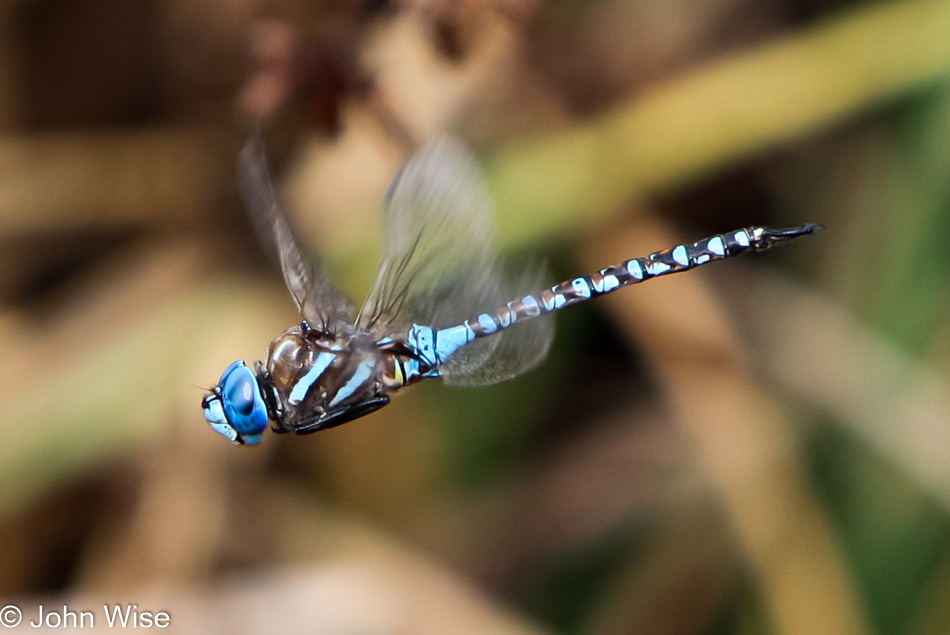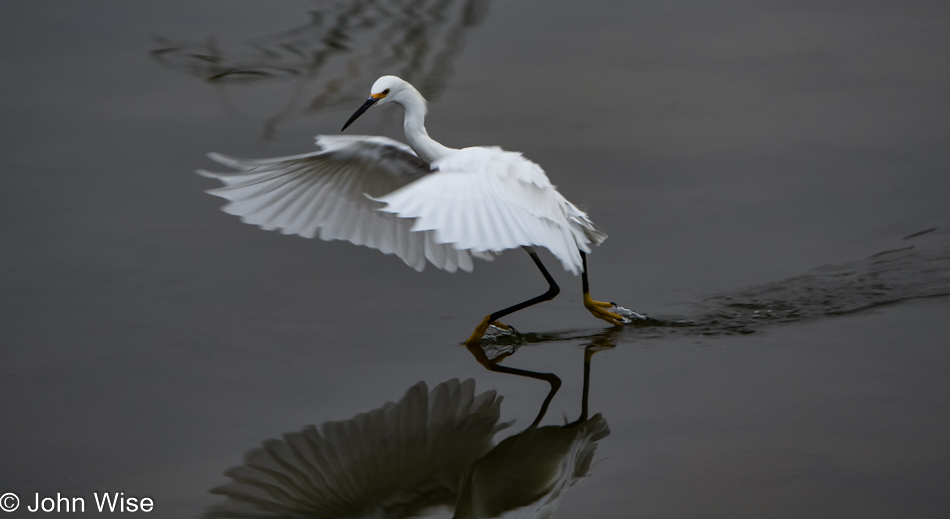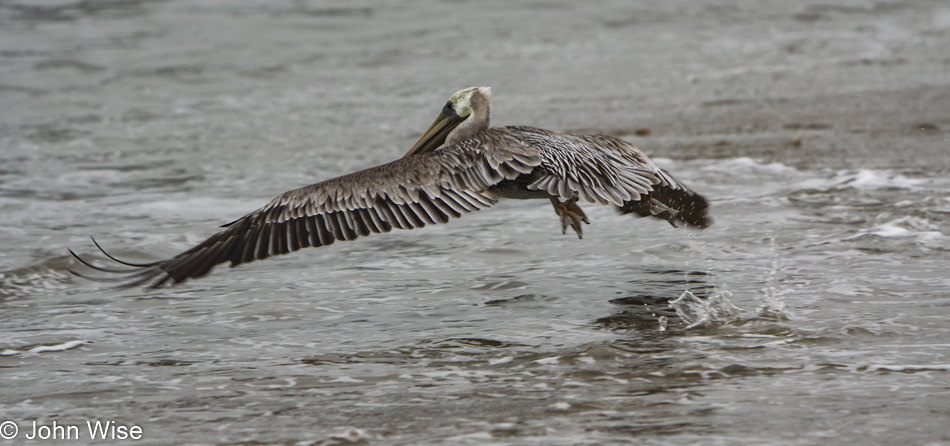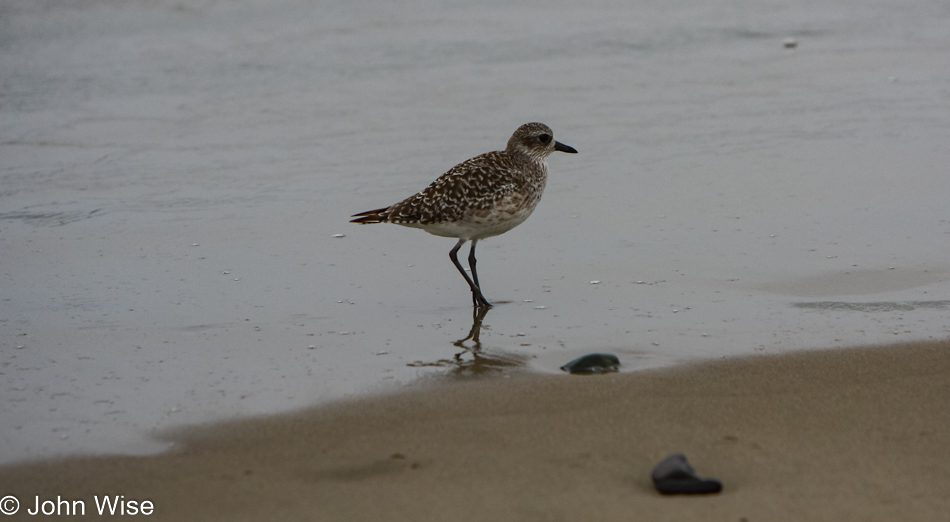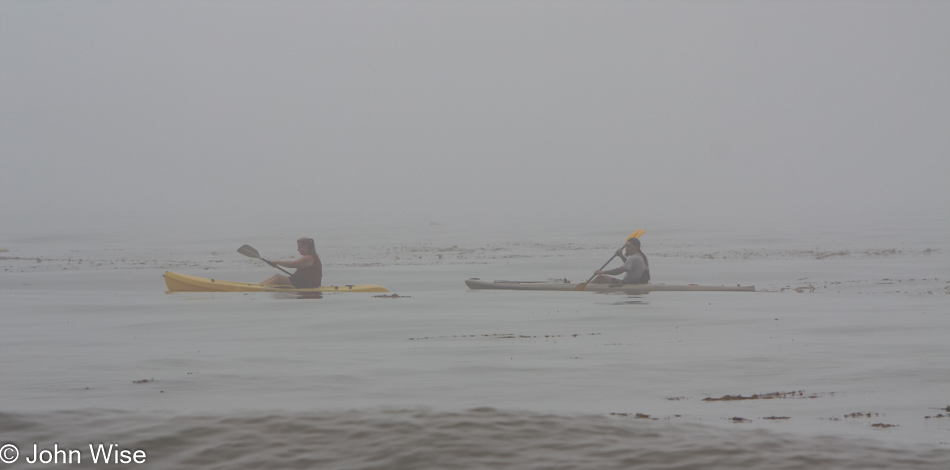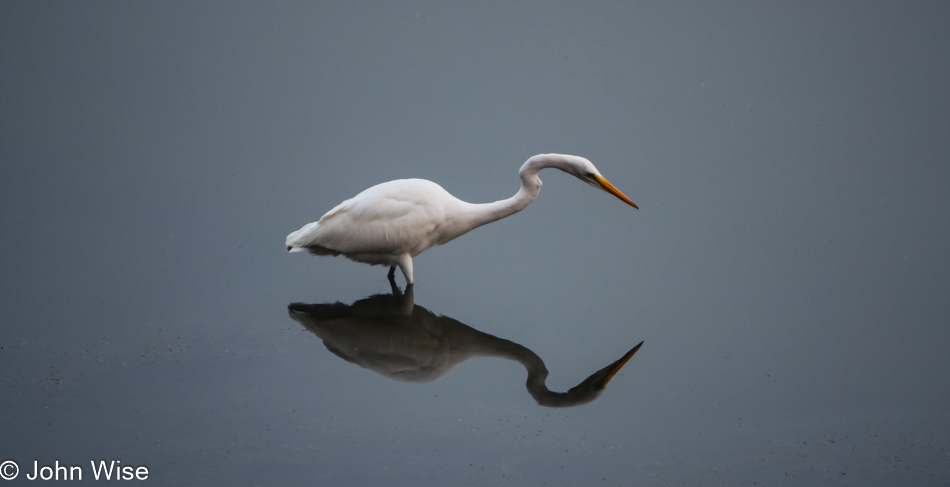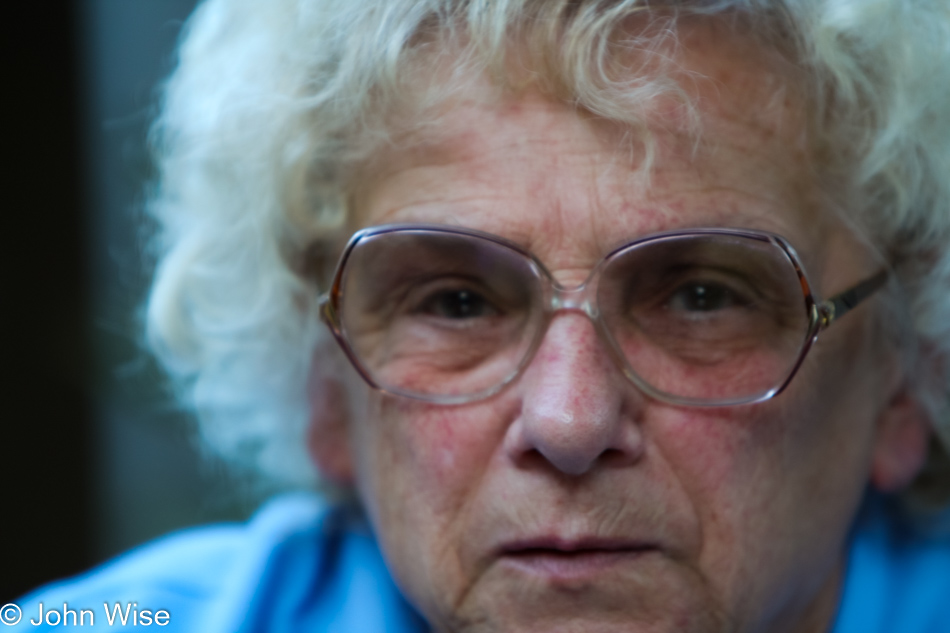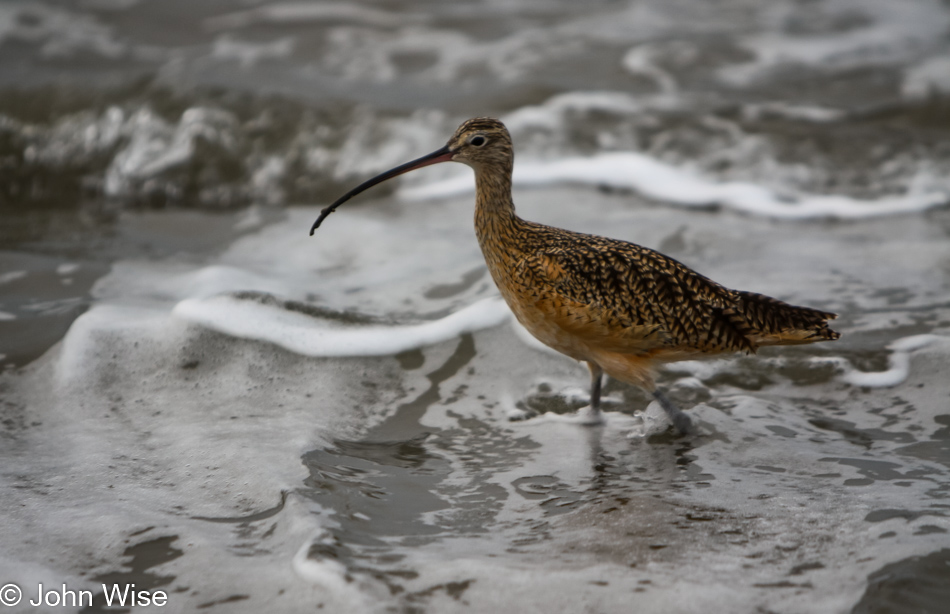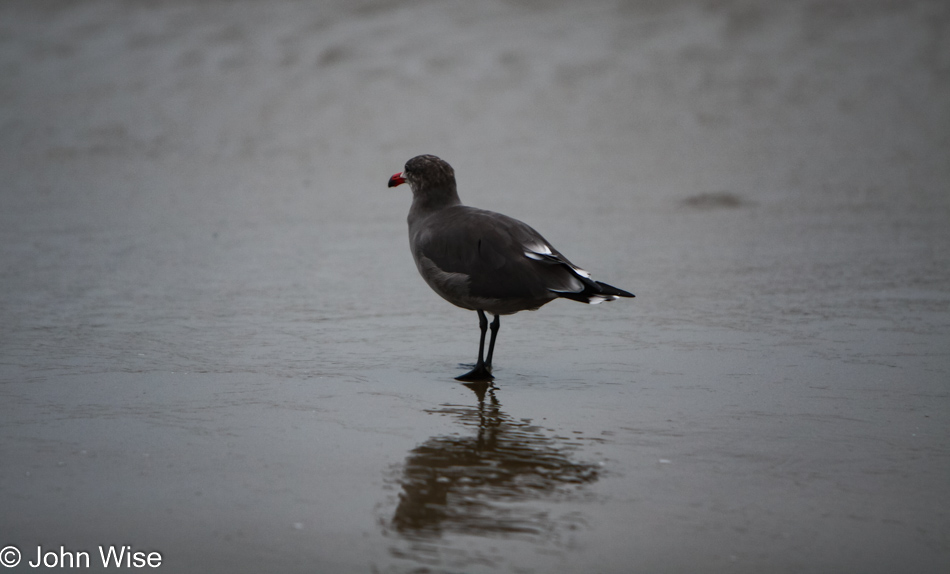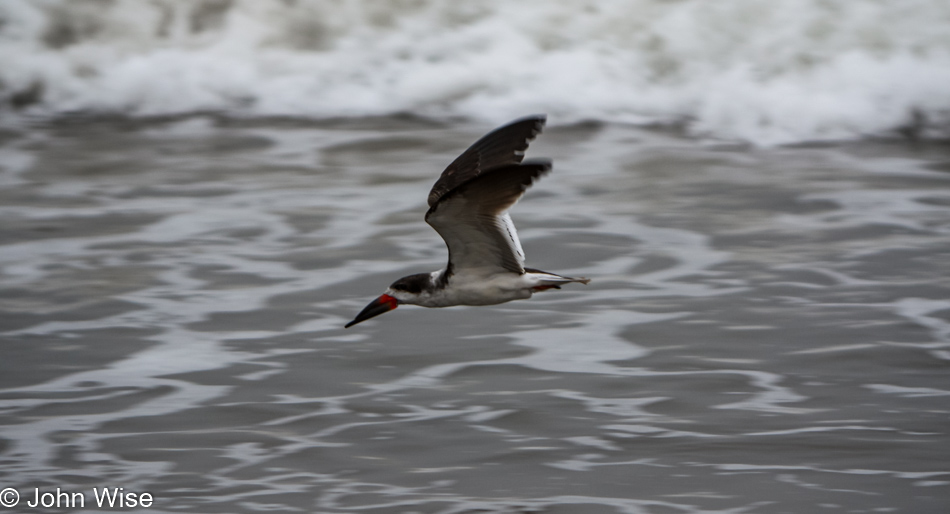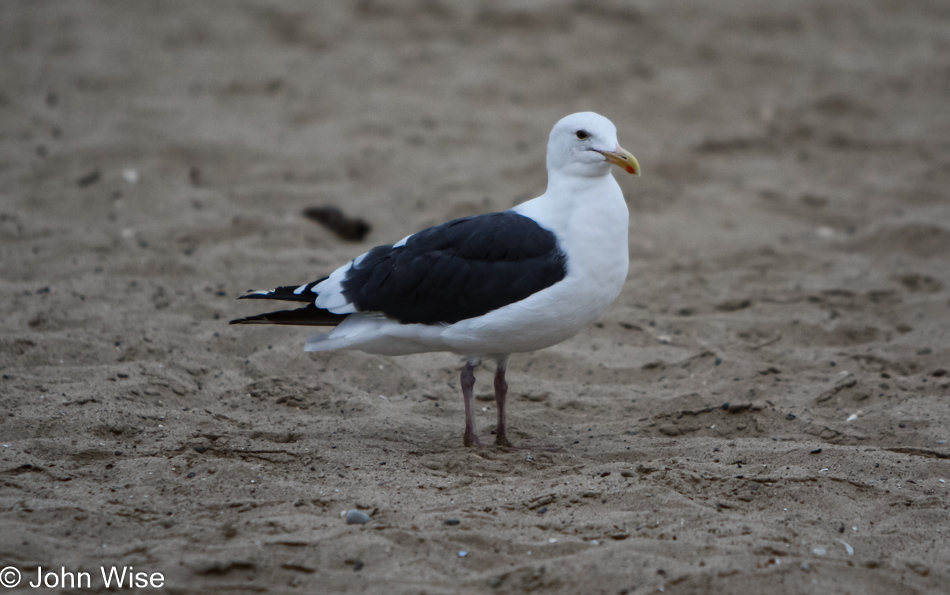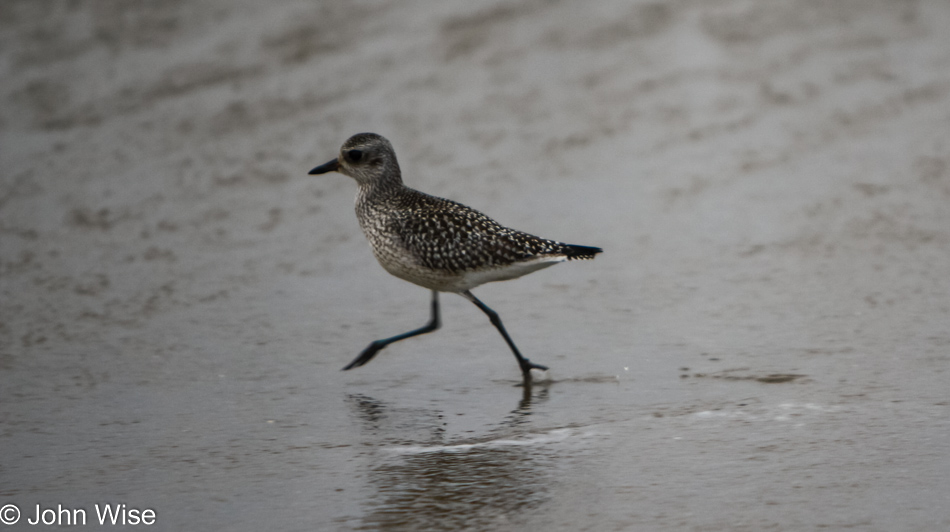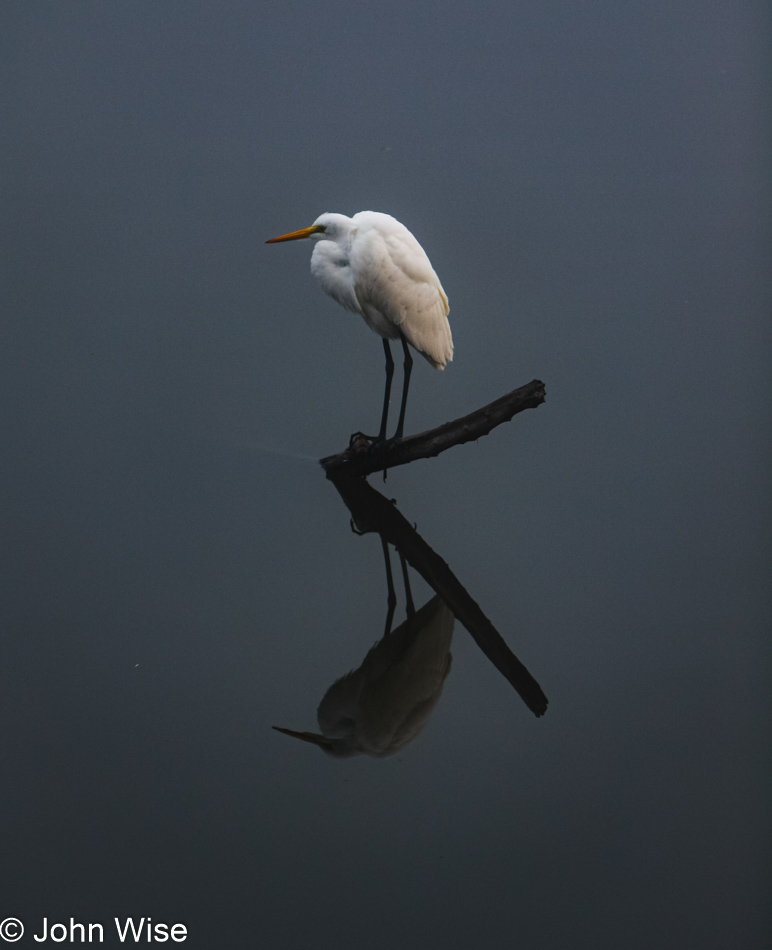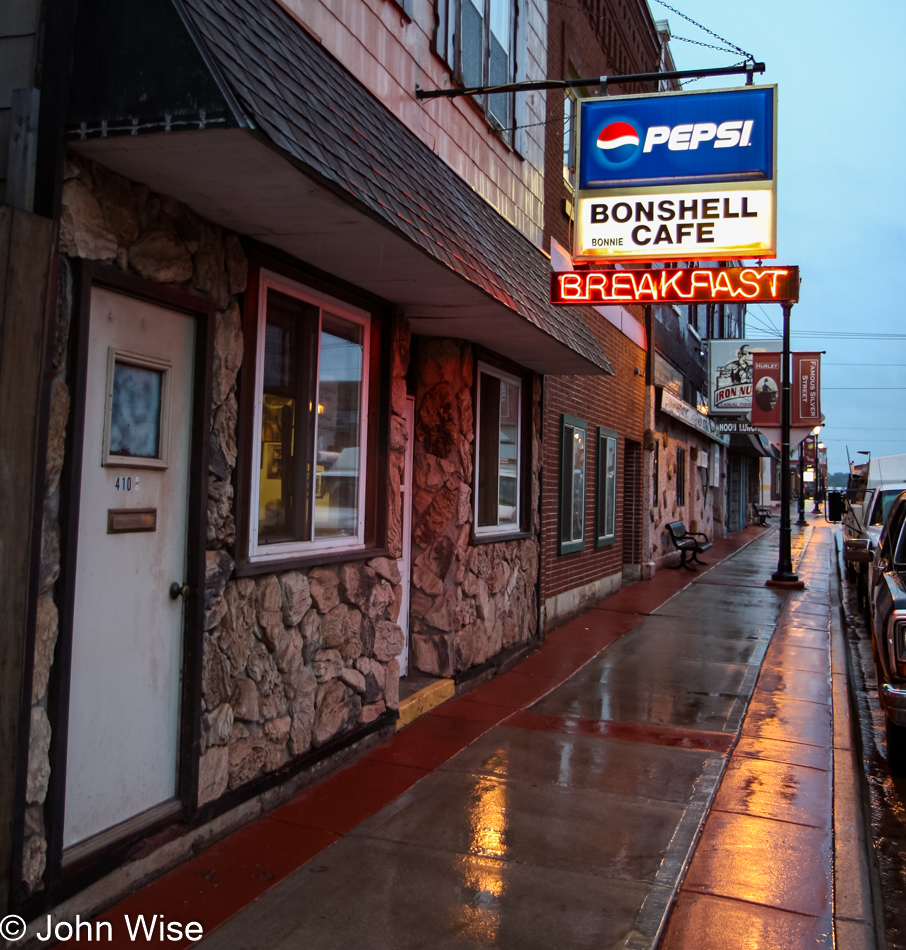
Writing a decade after the events that occurred over these fall days, I’m offered the opportunity not to write with certainty about those things that passed but of impressions that might have influenced me combined with the person I am now. I confront the images that still linger in the back of my mind that I’m moving to these pages with the hope I can interpret them as though I were seeing them for the first time while simultaneously wanting to believe they are still fresh in my memory.
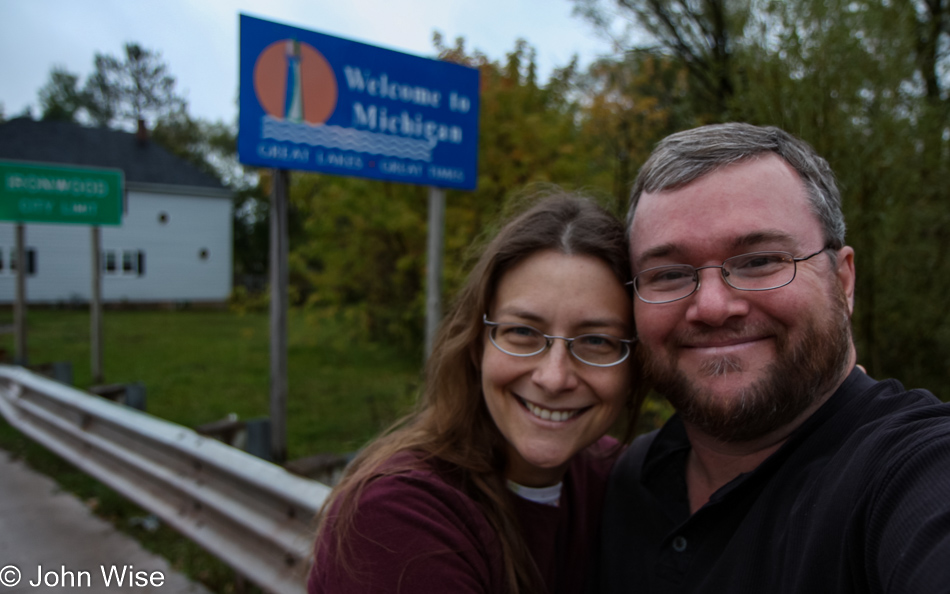
I forgot to share in yesterday’s post that we arrive on the Upper Peninsula, a.k.a. the U.P., as it is known to those living up here. Last night, as we passed through Hurley, Wisconsin, before entering Ironwood just across the border, we spotted the Bonshell Cafe that opens at 5:30 in the morning; that sounded good to us. It turned out to be a favorite stop for hunters looking for pie and ice cream with a beer at the break of dawn; whatever happened to bacon, eggs, and coffee? We learned that even more popular than pie a la mode is the traditional U.P. pasty (pronounced pass-tea). We had a breakfast pasty, but try as I might, I wasn’t able to convince Caroline to have a pre-lunch beer, which, according to legend, would have qualified her as a real Yooper.
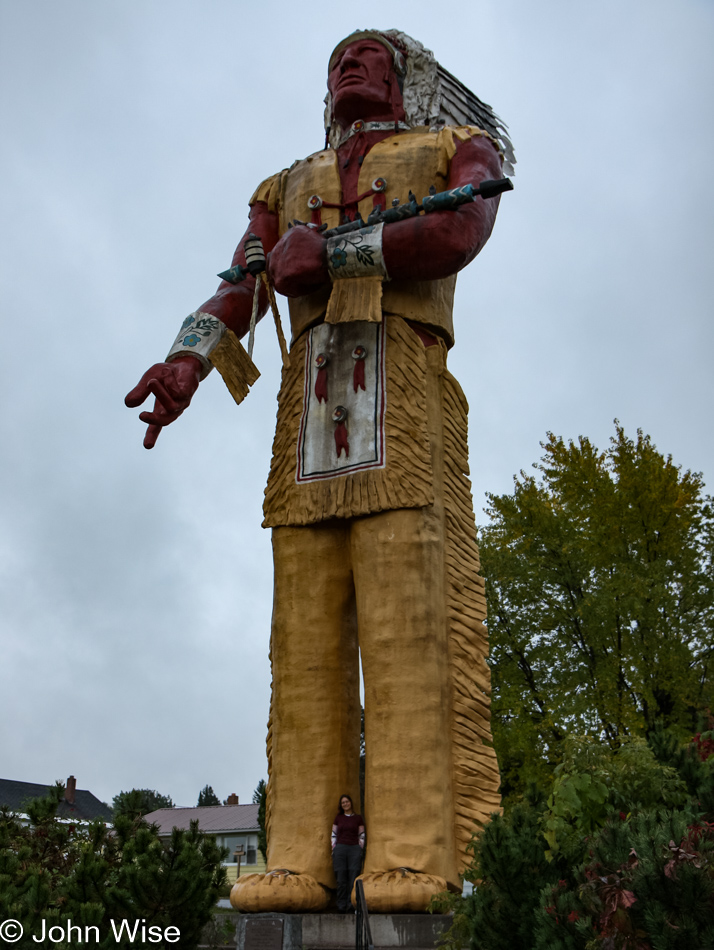
Right here in Ironwood on Burma Avenue stands Hiawatha, at 52 feet, the world’s largest Indian statue. Look at Caroline between his feet for scale.
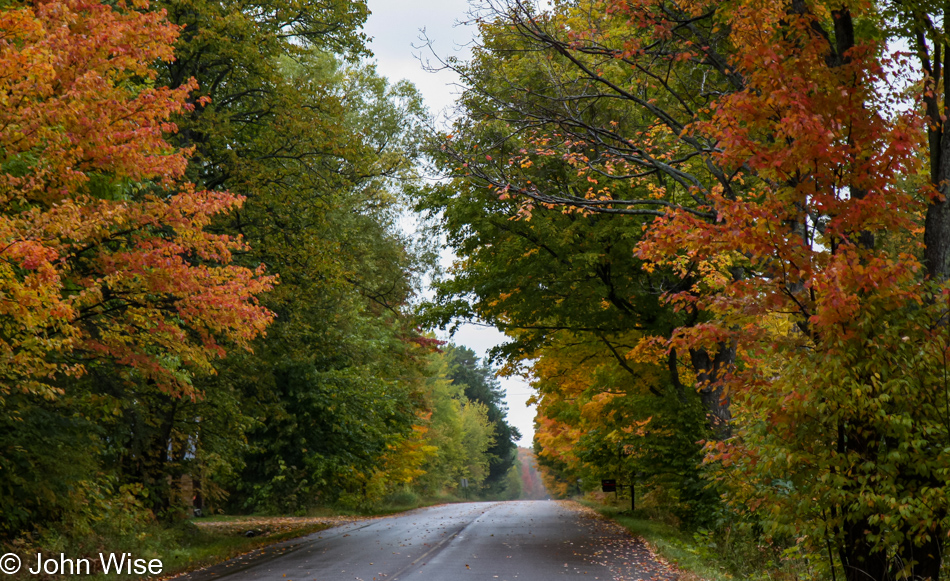
We are on the Black River National Forest Scenic Byway, looking for the sights a scenic byway can deliver: more of the colors of fall and some waterfalls that are showing up on the map.
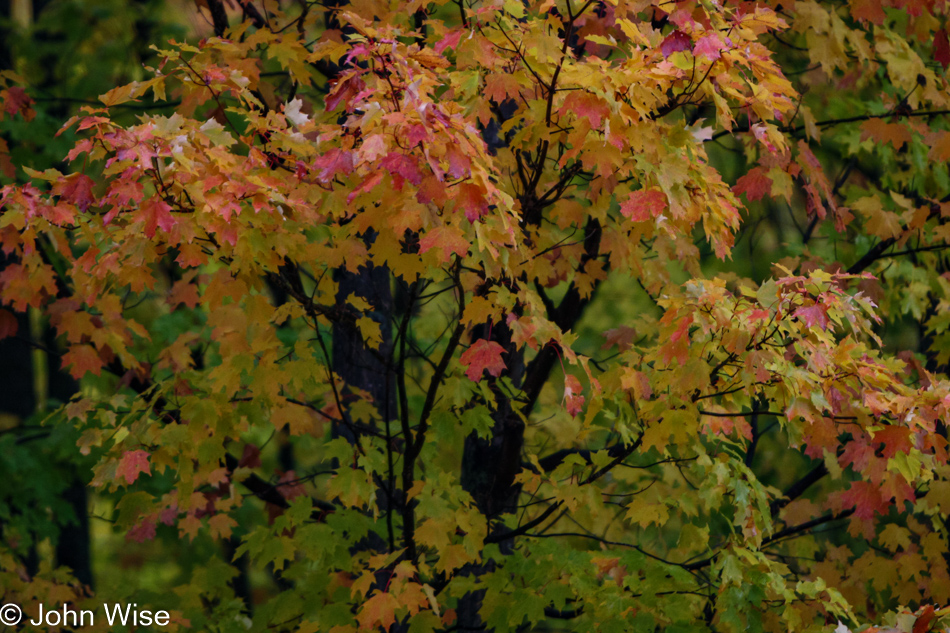
These colors are so incredibly enchanting while dramatically altering the appearance of the landscape. Researching the paths we took on this long-forgotten journey deep into the U.P., Caroline was tracing potential routes on Google Maps, and when the trees are all green, the roads are missing some essential character we were able to experience on our introduction to this corner of America.

You are looking at the relatively calm waters of the Black River and specifically the Potawatomi Falls. I probably took about 30 photos between here and the foot of the falls, and this was the best of the lot; maybe my photography game was off, or I was too distracted by my hunt for orange and red leaves.
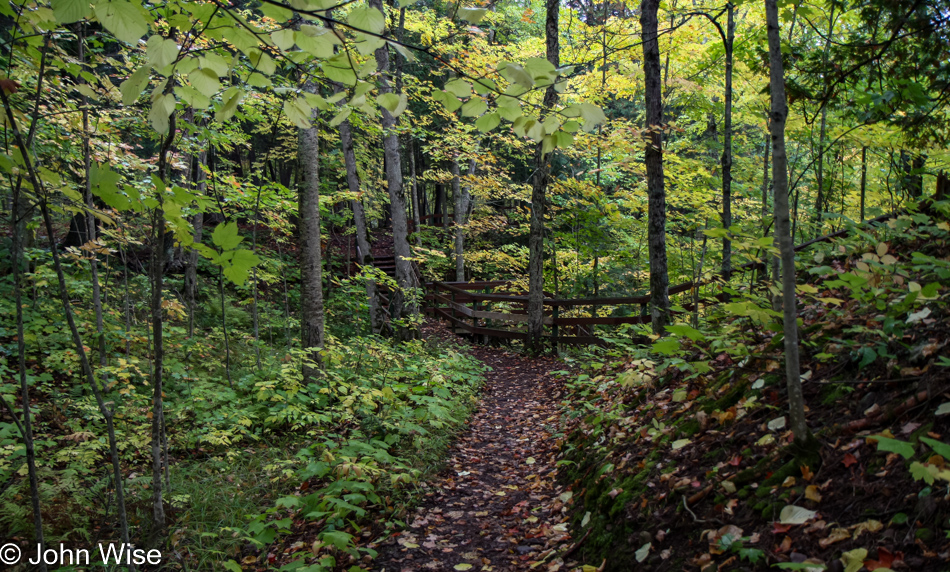
It always seems like a good idea to photograph the trails we are walking on because they play a significant role in how our journeys to beautiful places come about, but then, compared to the big iconic ultimate destination, they can pale in what they lend to things. All the same, if we were able to be magically transported to this exact spot some Arizona summer day when we’re withering under the brutal sun attempting to kill us, we’d gladly land right here again.

Crying elves scampering over the landscape left proof of their existence, and while I don’t typically taste another creature’s body fluids, I couldn’t help but taste these tears of the elves. Contrary to my expectation they’d be salty, they tasted sweet and earthy.
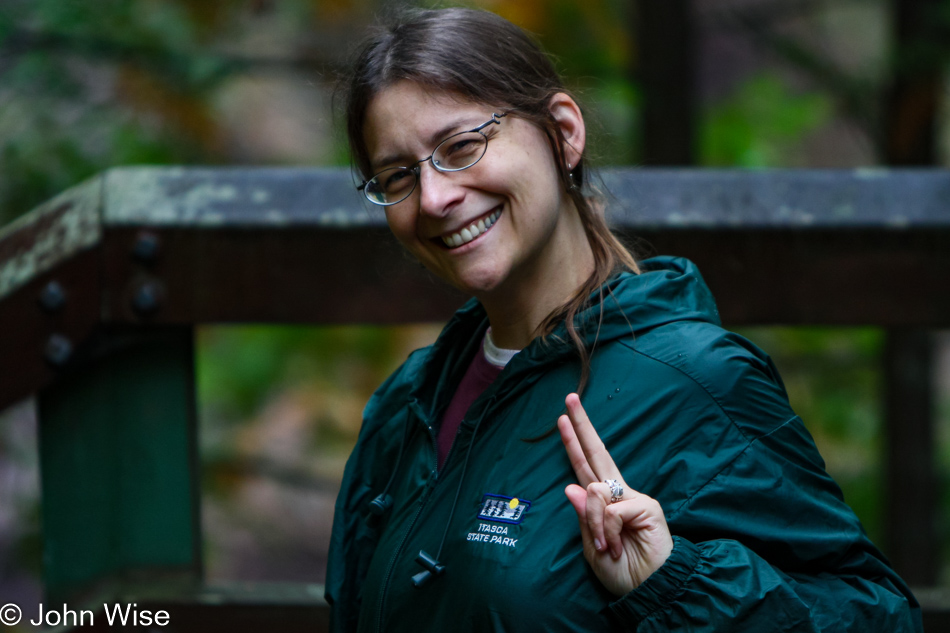
This woman here is sweet and earthy, too. I hope you like how I set that up 🙂
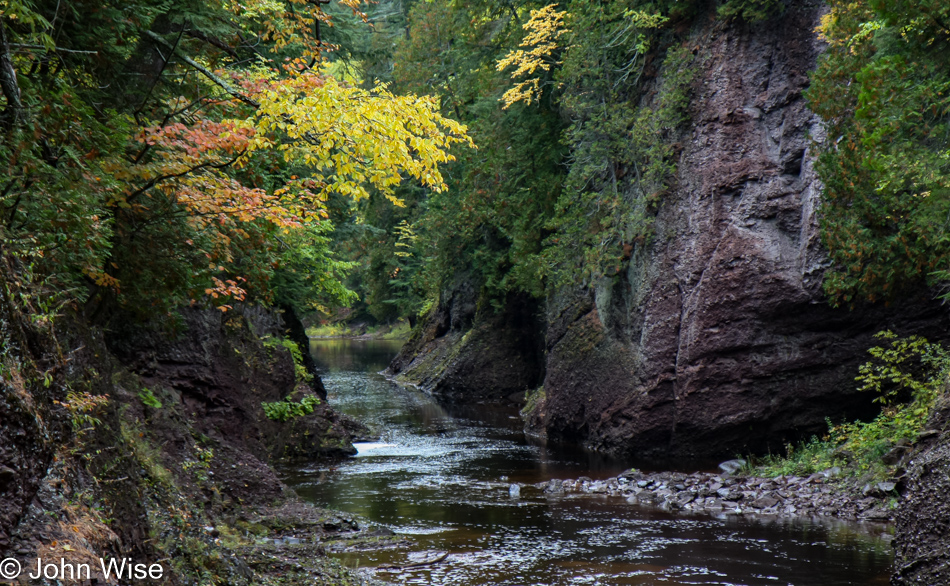
Hmm, is this the Gorge part of the Potawatomi and Gorge Waterfalls here in the Ironwood area?
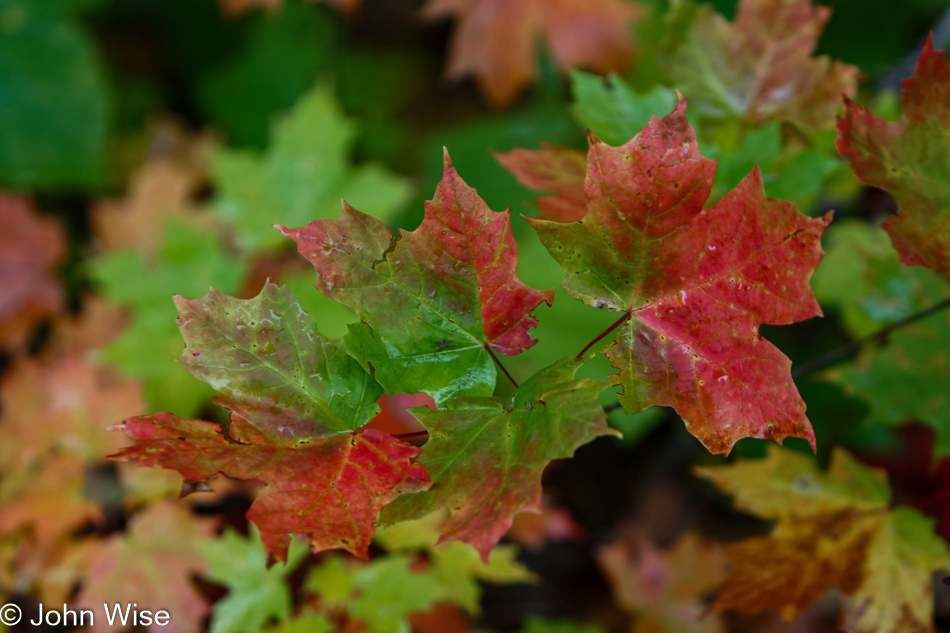
We are following a trail for another look at the falls.

And here’s that view of those fairytale-looking falls and the primary attractors of those elves I mentioned above; such is the magic found in enchanted forests.

Like I said, enchanting.

Roadside fruit begging to be pilfered had its wishes granted and while memory is a funny thing often full of holes, I’ll venture that we thought they were nothing less than stellar.
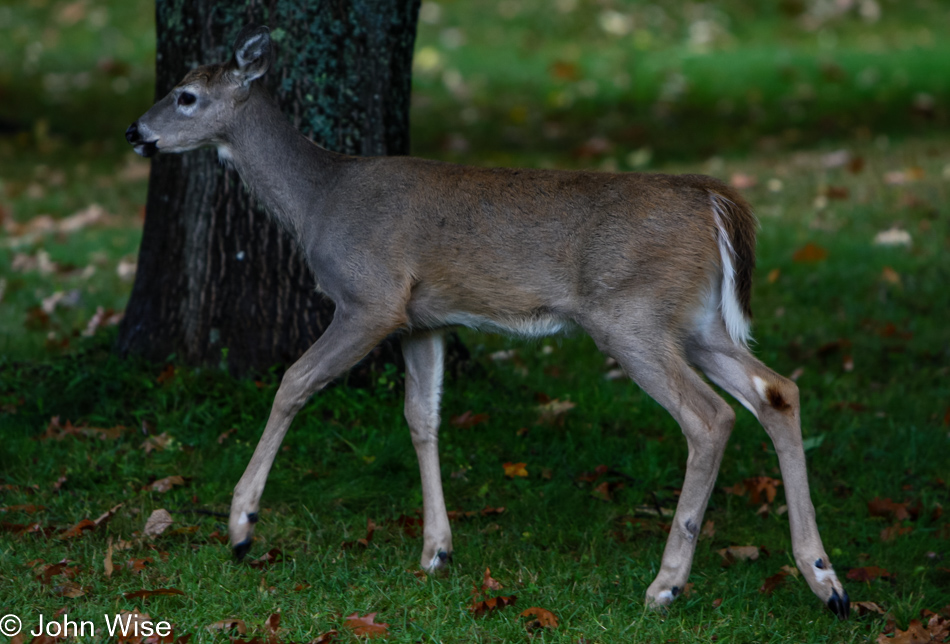
Good thing we were only out here hunting with our eyes and the camera as this smallish deer would have been easily picked off, not that we ever hunt with weapons or even eat venison much.

Since 1944, Randall Bakery has been serving up pasties on the Upper Peninsula right here in Wakefield.

Not exactly a culinary masterpiece (not that it’s supposed to be), it’s a utility food easily packed away in a bag for a day of fishing or a night of hunting; such is the character of this portable Cornish Pasty loaded with meat and potato. Eating in a location where this is a common staple makes it special.
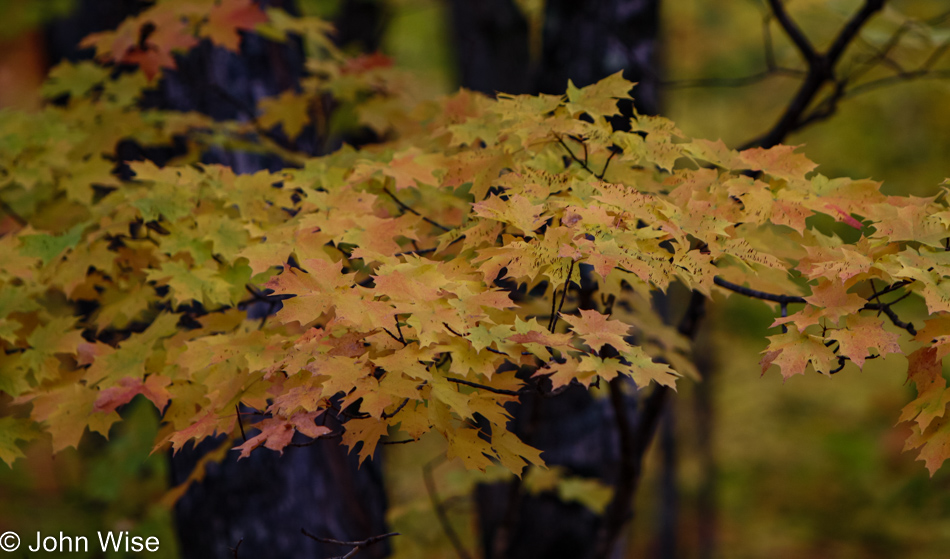
Heading north on Country Road 519 with a destination in mind.
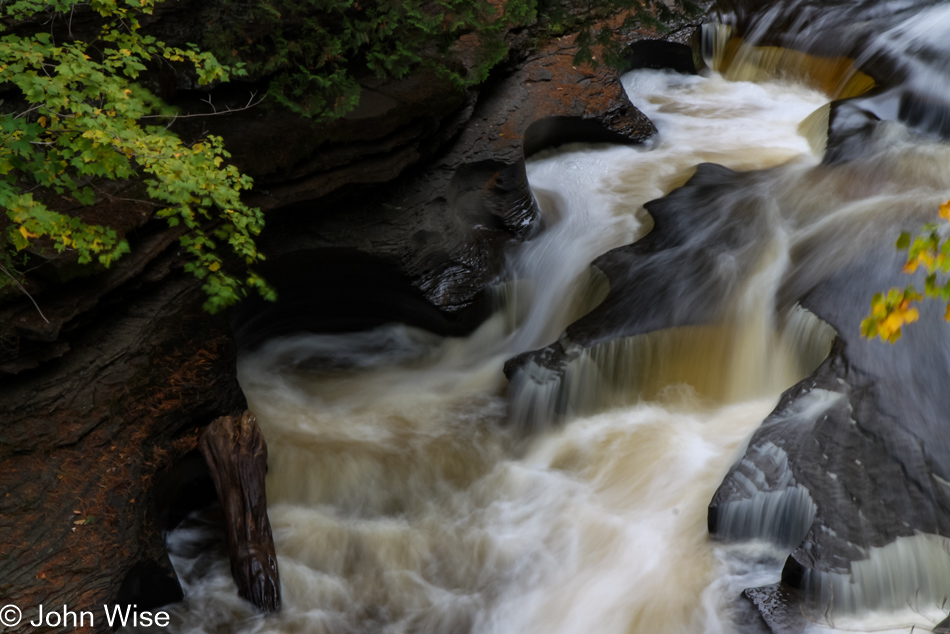
Here we are in the Porcupine Mountain Wilderness out looking for waterfalls.

If fast-moving tannin-stained water, tinted by rotting forest debris, sounds interesting to you, the waterways around the Great Lakes seem to be the perfect location for finding just that.

While visually stunning, I’d not be so bold to be quick in the tasting of amber-colored water.
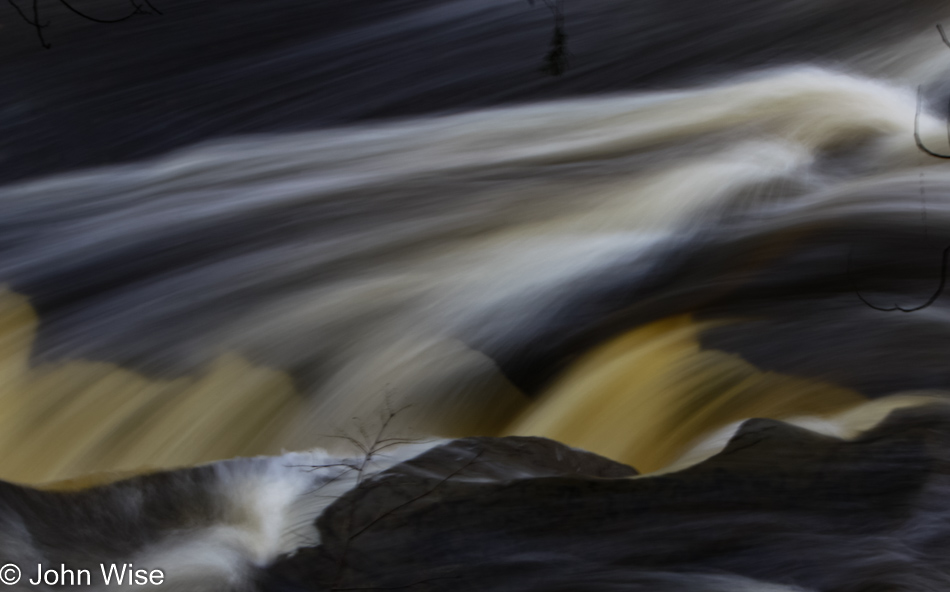
This is not overkill to include so many photos of rushing water or, as you are about to see below, more of the colorful leaves of fall; it is the pleasure of indulgence reminding the two of us who experienced such sights that the Gods of Good Fortune were smiling at us this day and only us as nobody else on earth saw things quite the way we did, where we did, and when we did.

This is the point in the narrative, after bringing some 900 words to bear that I’d like to gently put down the keyboard and start the soundtrack of ambient sounds that would guide you through the rest of the post.

Just kick back and listen to the quiet sounds of the rustling leaves and faint songs of birds in the distance.
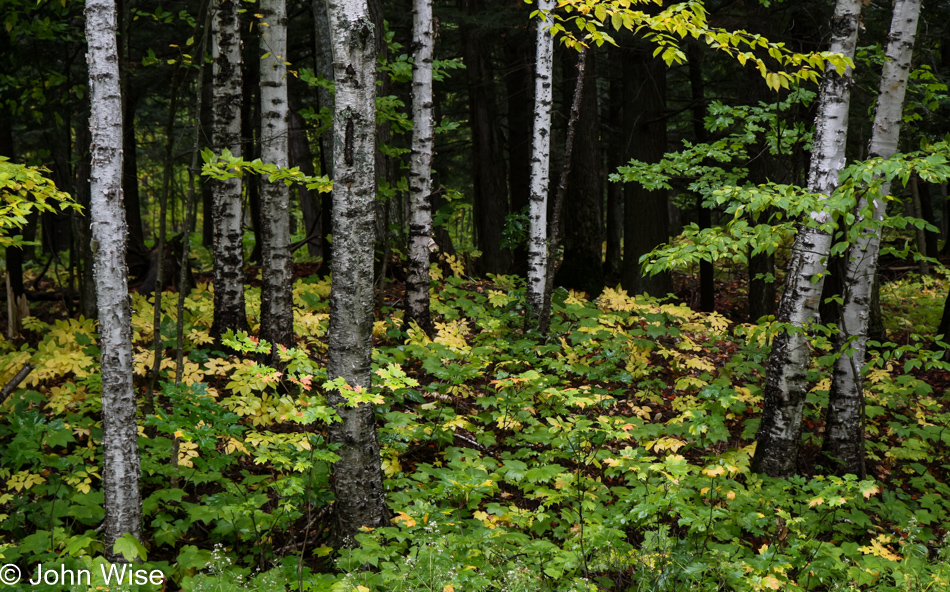
This exercise becomes a meditation where nature lulls us into a kind of hypnosis, and we start vibing in the realm of chill until we reach a crescendo of wow.
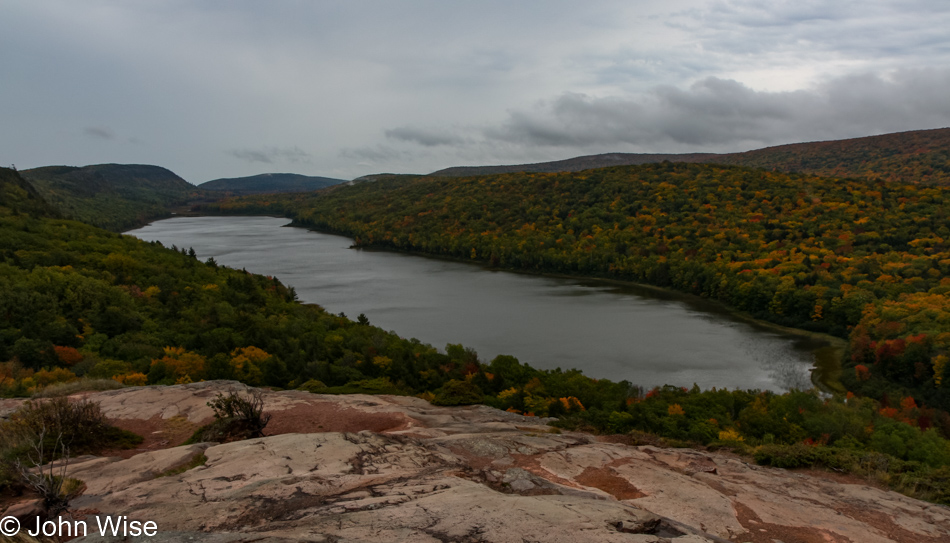
The wow we saw with our eyes will never be conveyed in a photo, but the impact on our imaginations was solidly cemented here on this knob overlooking Lake of the Clouds.
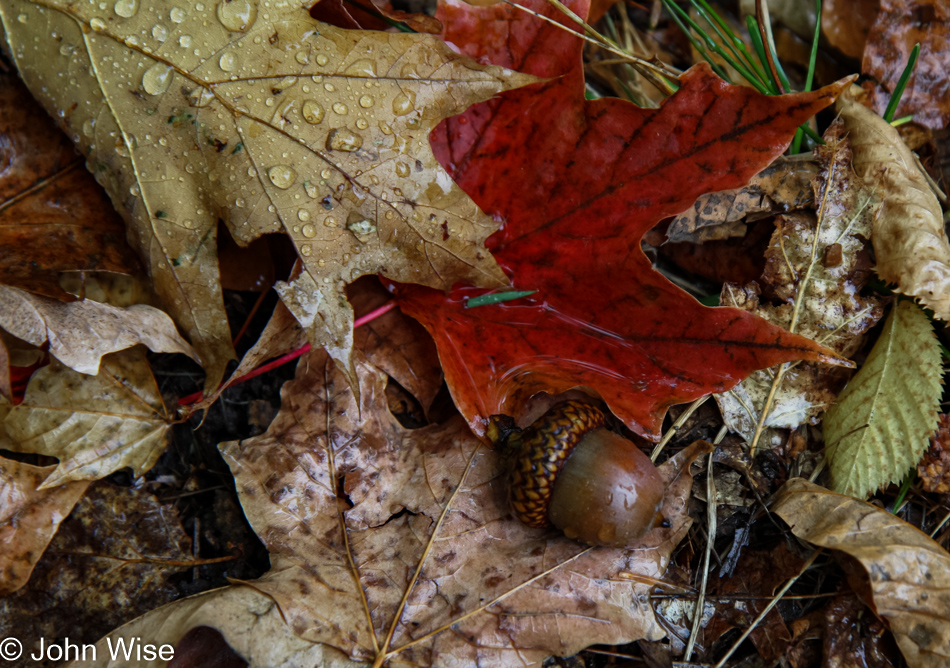
If you told me that Caravaggio had set this up as inspiration for a tiny corner in one of his paintings, I wouldn’t have any reason to doubt you.

More leaves of fall added to this sequence with other leaves of fall make for a cascade of colors in patterns I can’t be certain I’ll ever experience again during my lifetime, and so I must embrace as many as I can.
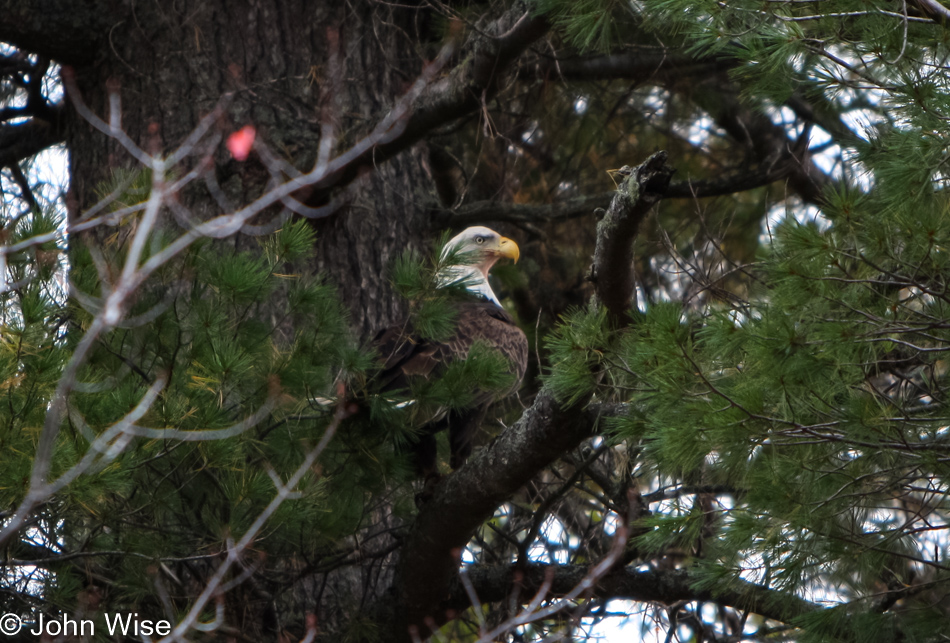
With the abundance of riverways and lakes dotting the landscape, the bald eagle has the luxury as a permanent resident to take up a perch that suits it, knowing food is always around the corner.
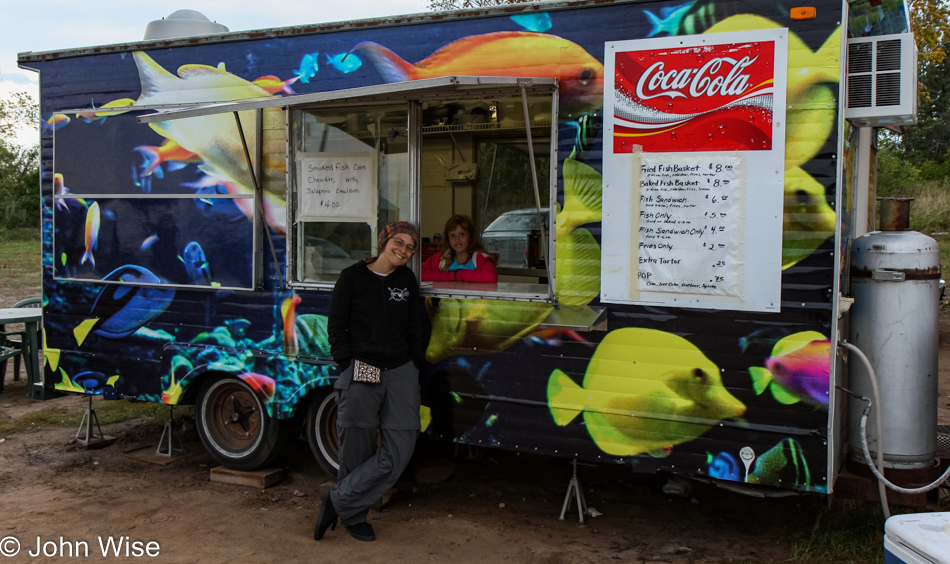
Speaking of food around the corner, after passing through Hancock, we came upon this food stand owned and operated by the 10-year-old girl seen taking Caroline’s order. Just kidding, the kid was working free as an indentured servant to pay off her parent’s debts. Illegal child labor on the Upper Peninsula is a serious concern…in the minds of idiots, meaning everything I wrote, other than stopping here for some fish, was a lie.
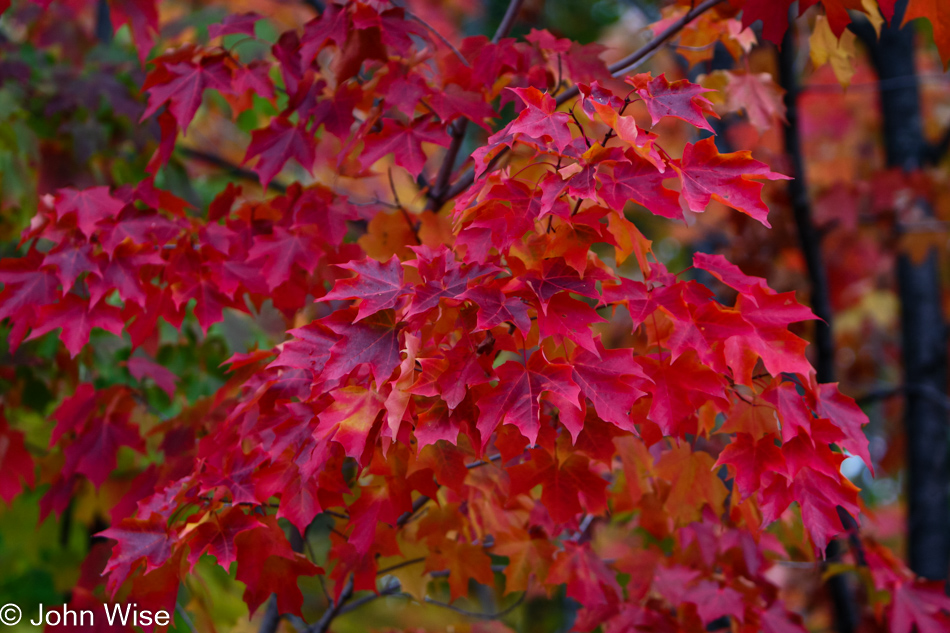
Oh my god, more leaves.
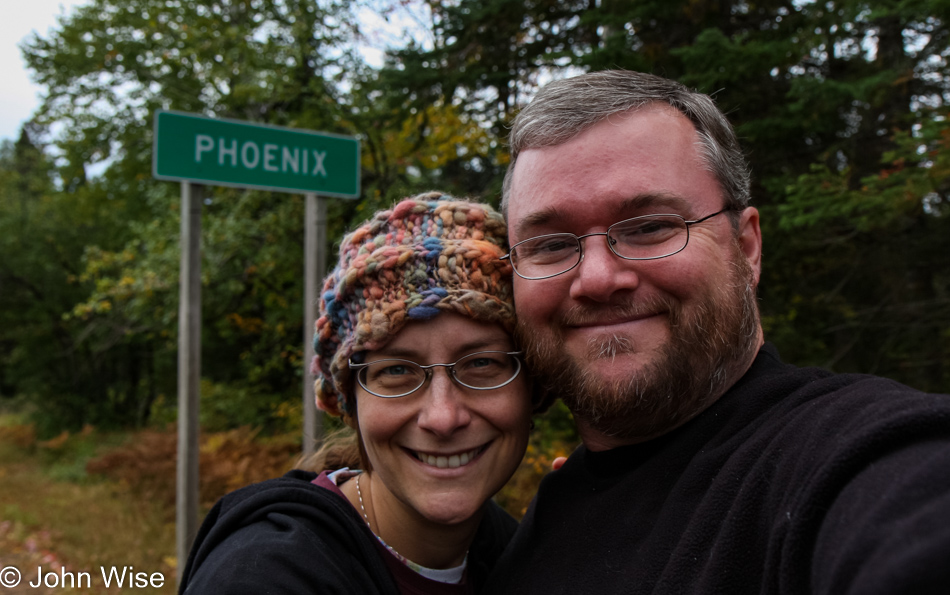
Hey Dorothy, are we back in Kansas, er, um, I mean Arizona??? “John, you dolt, my name is Caroline, and this is Phoenix, Michigan!”
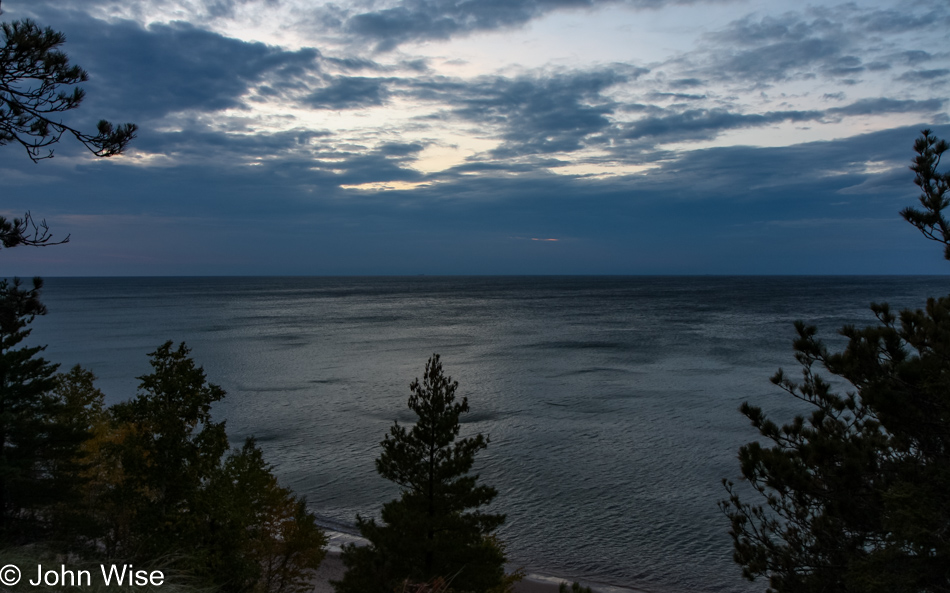
Yay, if the sun is low in the sky, our day is coming to a close, and the need to continue blathering on about things will end soon.
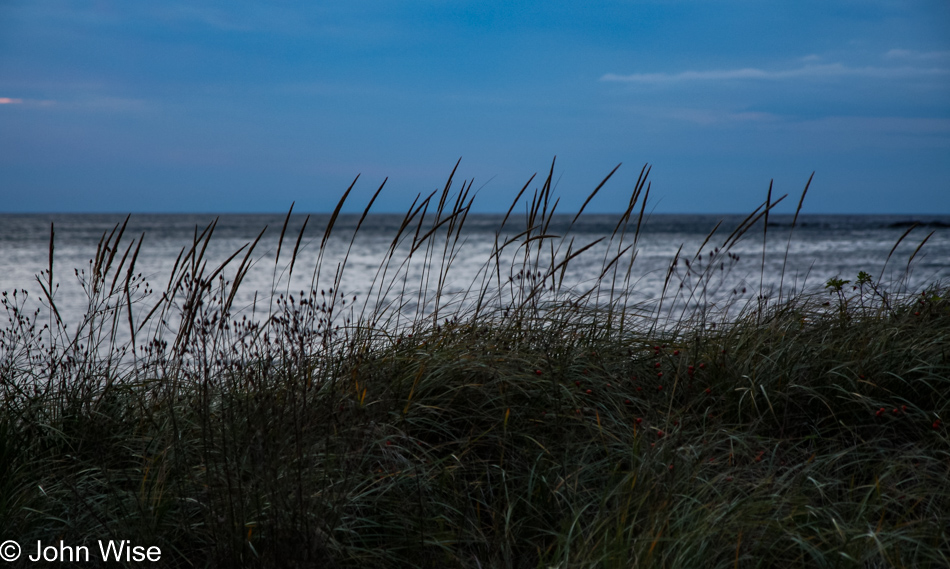
We are in Marquette on Lake Superior for the night. Of the details that might have been had, they are long gone aside from our general location. So, with that, I conclude this blog post allowing me to pursue writing about the 4th day of this journey into distant memories.
